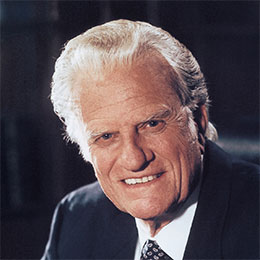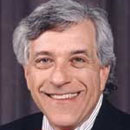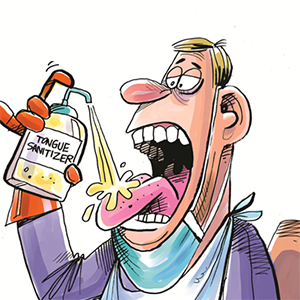Understanding Autoclave Sterilization: A Comprehensive Guide
Published in Health Articles
Have you ever thought about how tools in hospitals get really clean?
Autoclave sterilization is a way to kill germs using heat and pressure. This process makes sure that tools are safe to use and will not spread germs. Knowing how autoclave sterilization works helps you see why it is so important for keeping people safe.
Want to find out how this cleaning method works and why it is used? Keep reading to learn all about autoclave sterilization in easy-to-understand steps.
Let’s get started!
The Science Behind Autoclave Sterilization
Autoclaves work by using hot steam and pressure to kill germs. When water turns to steam in a closed space, it gets very hot. This heat spreads all around and reaches every part of the tools inside.
Most autoclaves heat to at least 121 °C (250 °F) and keep that heat for 15 minutes or more. These high temperatures and pressure kill even the strongest germs and spores. This simple method helps make sure everything inside the autoclave is safe and clean to use.
Why Autoclaves Are Essential in Healthcare Settings
In hospitals, clinics, and labs, stopping the spread of germs is very important. Many tools are used on different people, so they must be cleaned well before being used again. Autoclaves help by using steam and pressure to kill all germs on tools and other items.
This helps keep everyone safer- patients, nurses, and doctors. If tools are not cleaned the right way, patients can get sick from germs that stay on them. These are called healthcare-associated infections.
The CDC says that one out of every 31 hospital patients gets this kind of infection. That is a big problem. Using autoclaves lowers the chance of this happening. They are trusted machines that make sure tools are safe.
Whether it’s a small clinic or a large hospital, having working autoclaves is a must. Clean tools help protect lives, so sterilization with autoclaves is something no healthcare facility should ignore.
Different Types and Uses
There are different kinds of autoclaves made for different jobs. Gravity autoclaves let steam rise through the chamber. These are good for cleaning tools like scissors or metal items. Some items, like soft plastics, need special care.
Vacuum autoclaves remove air before adding steam, helping the steam clean better. Choosing the right machine matters. Autoclaves and Sterilizers for Healthcare must match what is being cleaned. Picking the right one makes sure all tools get cleaned without damage.
Best Practices for Effective Autoclave Use
To use an autoclave the right way, items must be loaded with care. Tools should be placed so that steam can move around them. This helps clean every part. It’s also important to check the autoclave often.
Look at the seals and pressure gauges and do tests to make sure they work. Every autoclave brand has its own steps for best use. Follow those steps to help the machine last longer and clean better every time.
Ensuring Safety and Efficacy
Knowing how autoclaves work helps keep hospitals and labs safe. Learning why they are used, what types exist, and how to use them well can stop the spread of harmful germs.
By choosing good autoclaves and taking care of them, places can stay safe and clean. Using these machines the right way can help protect patients, workers, and everyone who depends on clean tools.
Did you find this article helpful? You can check out our website for more awesome content like this.























Comments